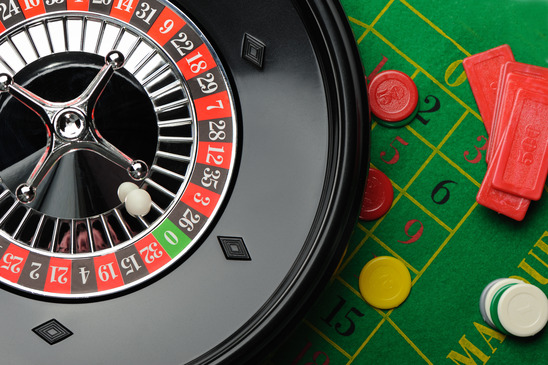Many players believe that roulette is a game of luck and nothing more. After all, its physics primarily depend upon gravity and where a tiny ball will fall in relation to a series of numbers. It is still important to mention that this exciting game involves a fair amount of strategy. One of the most common master plans is known as the Martingale approach. However, the D’Alembert method is often seen as a viable alternative. Is there any validity behind this observation? Let’s examine what this framework entails as well as a handful of its strength and weaknesses.

The D Alembert Method at a Glance
This strategy is based off of an approach first espoused by a player of the same name who lived during the 18th century. Many analysts actually feel that it is quite similar to the Martingale strategy. The main difference is that fewer financial risks are associated with this method. This is important, for players who are less likely to go bankrupt during a given round will naturally increase their chances of landing on the correct colour and number. Having said this, one of the primary tenets of the D Alembert betting system revolves around losses. How can this provide any benefits?
The Primary Advantages of the D Alembert Betting System
As mentioned in the previous paragraph, the levels of risk tend to be lower with this approach. It is based around the concept of loss progression. To put this another way, the player will bet more after each successive loss. Unlike the Martingale method, the amount placed after a losing round tends to be double the value of the previous wager. This brings up an important question. How can shallow progressions be associated with a better overall strategy?
The first point to keep in mind is that shallower progressions are also associated with bets that do not increase in size as quickly as those which would otherwise be placed with the Martingale strategy. One of the most interesting windfalls of this approach is that the games themselves will last longer. Obviously, a greater number of rounds equates to increased chances of walking away a winner.
An Example of the D Alembert Method
To be clear, this system is generally employed when embracing an outside-betting strategy. If we distil this method down into its core components, it assumes that the frequency associated with a winning outside wager will tend to balance out from a longitudinal point of view. To simplify this a bit, let’s assume for a moment that the ball has landed on red number for the previous eight rounds. The fact of the matter is that from a statistical point of view, this should even out with subsequent black hits over time.
The player will place a chip immediately to the outside of his or her bet. Assuming that a winning streak continues, this can be performed multiple times. Should a loss occur, any further bets will be increased by a total of a single chip. Naturally, any win will be associated with a removal of a chip. The ultimate goal is to recuperate any losses until the player eventually returns to the amount of the initial bet.
Are There Any Dangers Associated with the D Alembert Betting System?
Much like any roulette strategy (including the Martingale method), there are some notable downsides to this approach. The most serious is the undeniable fact that it will be easily spotted by others. This might not be the only hurdle. We need to appreciate statistical averages. We mentioned earlier that the D Alembert roulette strategy is focused upon a longitudinal progression. In other words, it assumes that the player has the funds and the poise to continue betting for longer periods of time and to “wait out” a streak of misplaced wagers. This is obviously not always the case and there have indeed been instances when the “evening out”·of specific colours and numbers simply did not occur. This is the reason why the D Alembert method should be taken with a slight grain of salt. There are no guarantees that it will play out.
Yes or No?
There is no such concept as a “sure thing” within the world of roulette. While the D Alembert betting system appears to be a pragmatic approach from a longitudinal point of view, ultimate success will depend just as much upon the player and his or her knowledge of the game.
